Sri Lankan cuisine, a unique blend of flavors and spices, creates delicious and aromatic dishes. This blog post examines 10 commonly used essential ingredients in Sri Lankan cooking.
- Curry Leaves: Use these fragrant leaves in various dishes, including curries, dals, and sambols, for their unique aroma and flavor, whether fresh or dried.
- Coconut Milk: A staple in many Sri Lankan dishes, coconut milk adds creaminess and a rich, coconut flavor to curries, stews, sambols, and traditional desserts like kiribath.
- Turmeric: Commonly used in Sri Lankan cuisine, turmeric, with its bright yellow color, enhances flavor and adds color to dishes such as curries, dals, and sambols.
- Mustard Seeds: Add a nutty and spicy flavor to dishes using mustard seeds, commonly featured in sambols, curries, dals, and pickles.
- Red Chili Powder: A staple spice for heat and flavor in Sri Lankan cooking, red chili powder elevates dishes like curries, sambols, and pickles.
- Cumin: With its warm, earthy flavor, cumin is a common spice in Sri Lankan cooking, found in dishes such as curries, dals, and sambols.
- Coriander: Coriander, with its fresh, citrusy flavor, is a versatile spice used in a variety of Sri Lankan dishes, including curries, dals, and sambols.
- Fenugreek: Commonly used in Sri Lankan cuisine, fenugreek’s strong, nutty flavor enhances dishes like curries, dals, and sambols.
- Pandan Leaves: Pandan Leaves add a unique aroma and flavor to Sri Lankan desserts like Kavum and Kiri Hodi. They are also incorporated into savory dishes such as fish curries.
- Goraka: An essential ingredient in Sri Lankan cuisine, Goraka, also known as Garcinia Cambogia or Gambooge, acts as a souring agent similar to tamarind in Indian cooking.
These ingredients form the foundation of Sri Lankan cooking, allowing you to create a wide variety of delicious and authentic dishes.
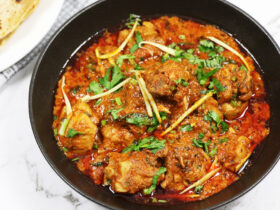
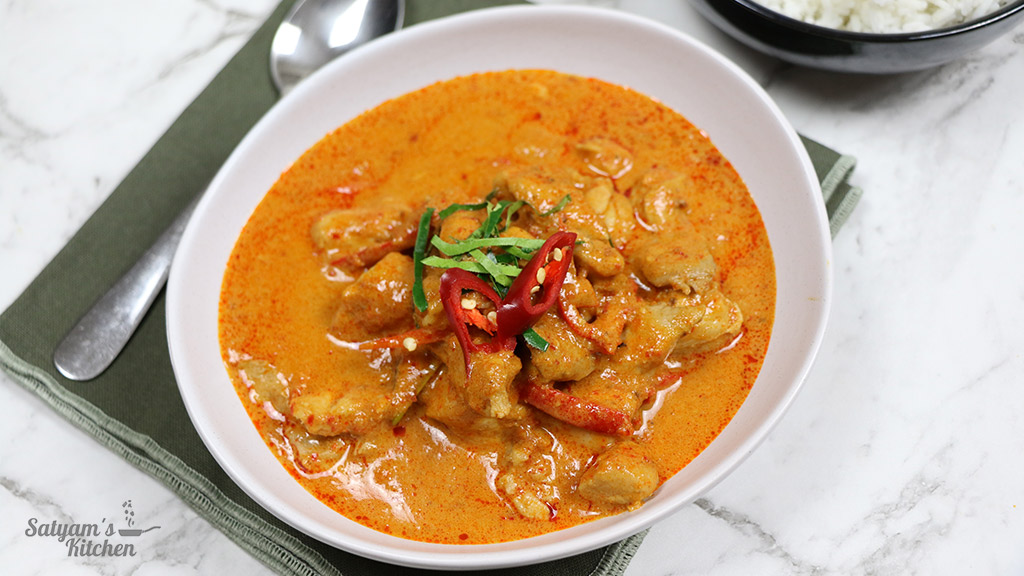
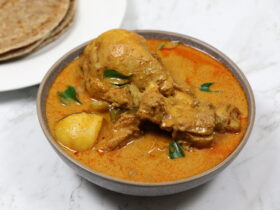



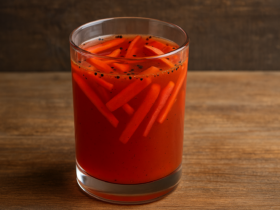
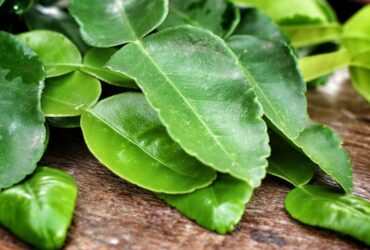

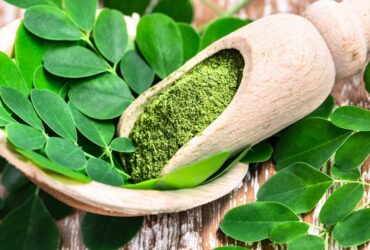
Leave a Review